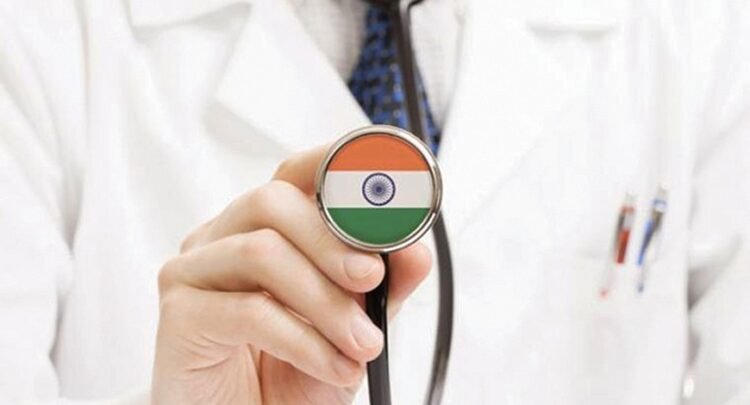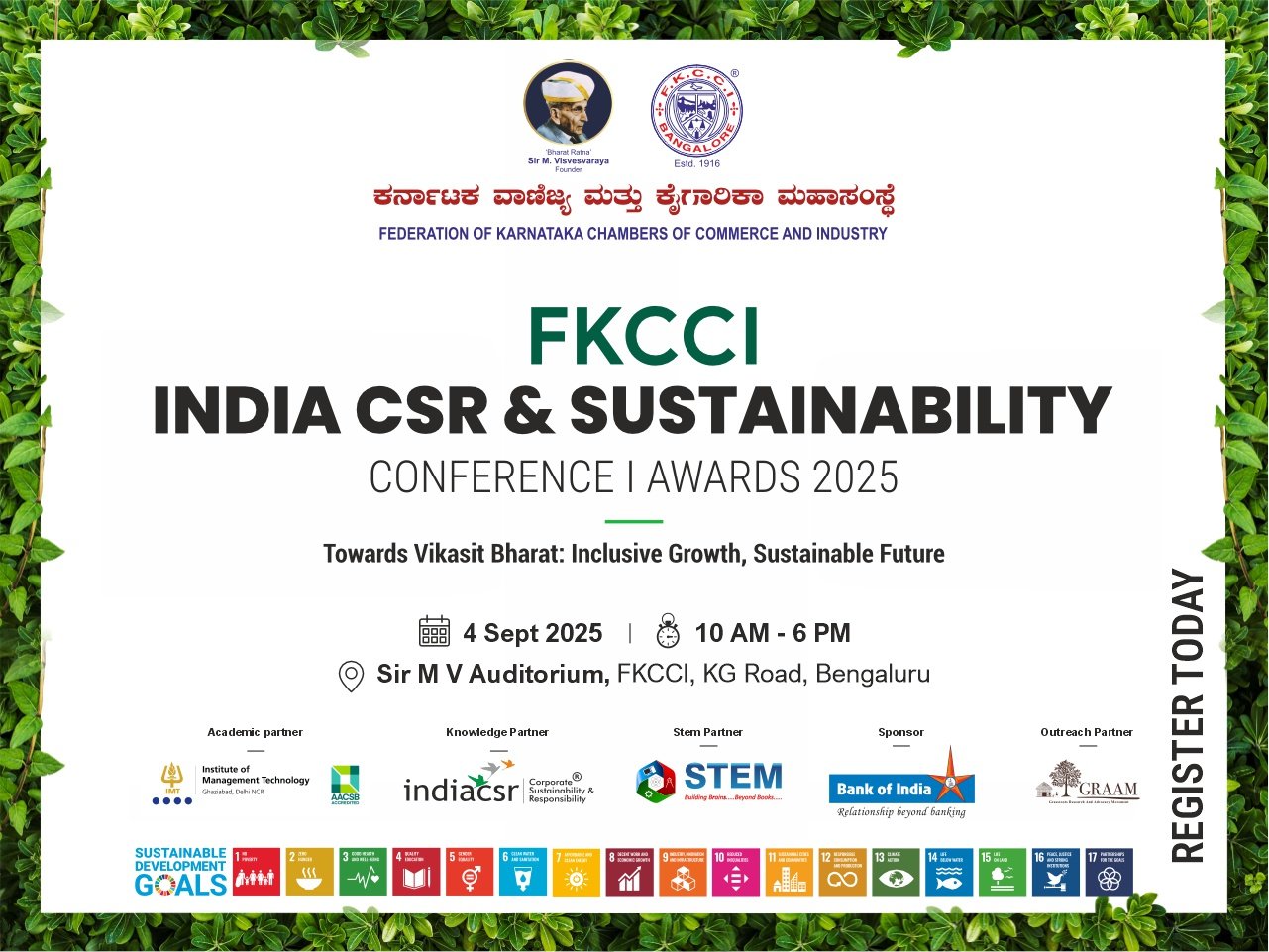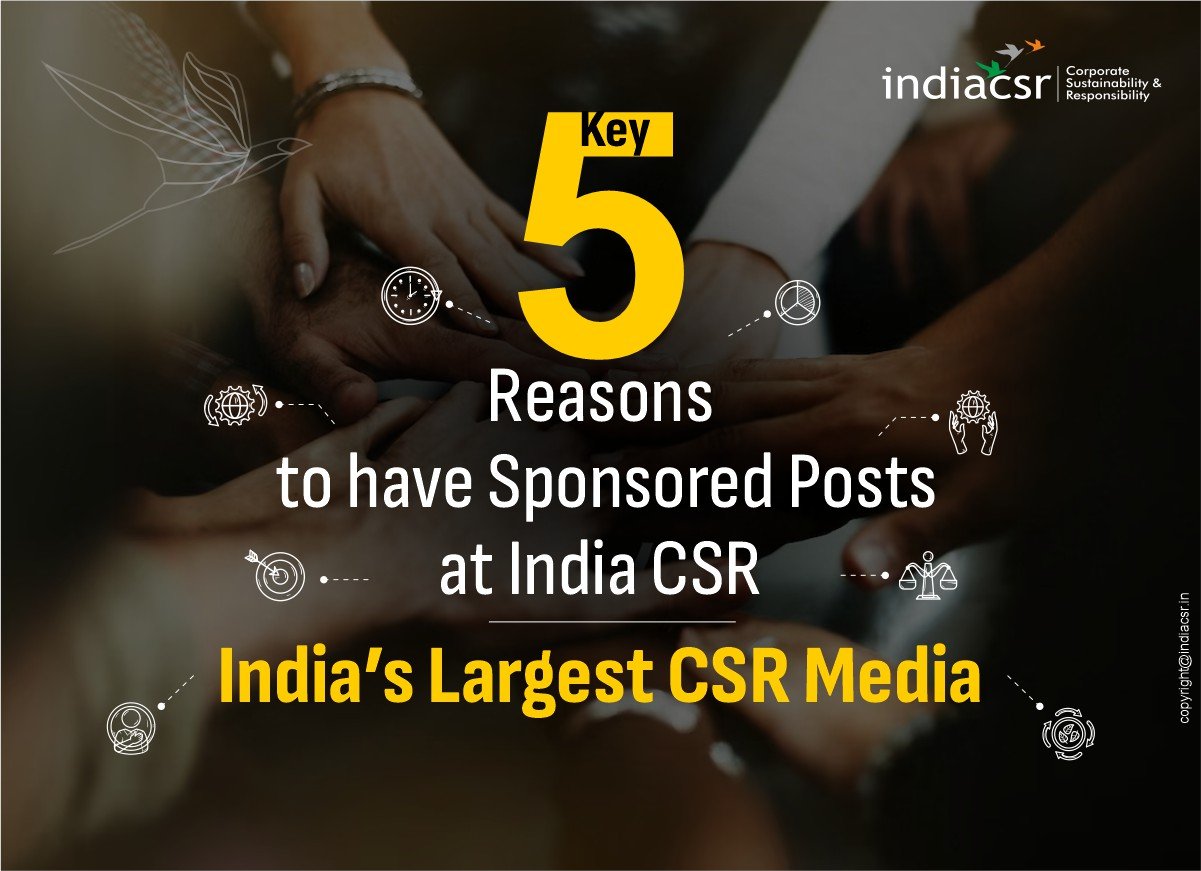NEW DELHI (India CSR): In the heart of rural India, a mother no longer fears the cost of her child’s treatment. In urban slums, an elderly man accesses specialist care via his smartphone. Over the past decade, India’s healthcare landscape has transformed into a beacon of hope, driven by a vision to make quality care a right, not a privilege. Under bold leadership, initiatives like Ayushman Bharat and eSanjeevani have empowered millions, while the nation’s swift COVID-19 response showcased its resilience. From record vaccine drives to expanded medical education, India’s healthcare revolution is about people—ensuring every citizen, from villages to cities, lives with dignity and care.
Ayushman Bharat: A Lifeline for Millions
World’s Largest Health Assurance Program
Launched in 2018, Ayushman Bharat-Pradhan Mantri Jan Arogya Yojana (PM-JAY) has redefined healthcare access, covering 12.37 crore families—nearly 55 crore people. Offering Rs 5 lakh per family annually for hospitalisation, it shields vulnerable households from financial ruin. In October 2024, the Ayushman Vay Vandana extension brought free healthcare to all citizens over 70, enrolling 58 lakh seniors and facilitating ₹496 crore in treatments within months. With Aadhaar-based registration, the scheme ensures seamless access, especially for frontline workers like ASHA and Anganwadi staff.
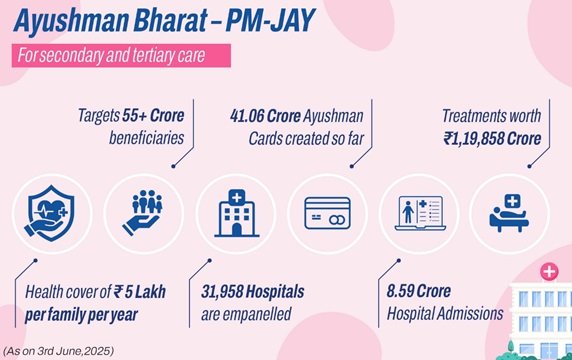
Health and Wellness Centres
Ayushman Arogya Mandirs, rebranded Health and Wellness Centres, have brought primary care to doorsteps. By 2025, over 1.6 lakh centres provide free screenings, diagnostics, and medicines, focusing on preventive care. These centres have screened 31.7 crore for oral cancer, 16.68 crore for breast cancer, and 9.97 crore for cervical cancer, catching diseases early and saving lives.
Digital Health: Bridging Gaps with Technology
Ayushman Bharat Digital Mission (ABDM)
The ABDM, launched in 2021, is creating a connected healthcare ecosystem. With 78 crore Ayushman Bharat Health Accounts (ABHAs) and 55 crore linked health records by June 2025, it empowers citizens to manage their medical history digitally. The ABHA app and Aarogya Setu ensure accessibility, even in low-connectivity areas, while interoperable platforms link patients, doctors, and hospitals for efficient care delivery.
eSanjeevani: Telemedicine for All
eSanjeevani, India’s national telemedicine service, has transformed access to specialists, serving 37.15 crore beneficiaries by 2025. From rural clinics to urban homes, patients consult doctors via smartphones or local Arogya Mandirs. This platform has bridged the urban-rural divide, ensuring quality care reaches remote corners without travel or expense.
Strengthening Infrastructure and Resilience
PM-ABHIM: Building for the Future
The Pradhan Mantri Ayushman Bharat Health Infrastructure Mission (PM-ABHIM), with ₹64,180 crore allocated from 2021–2026, is fortifying India’s health system. By 2025, 12 critical care hospital blocks are under construction, enhancing secondary and tertiary care. The mission integrates primary care through Arogya Mandirs and prepares India for future health crises with advanced labs and emergency response systems.
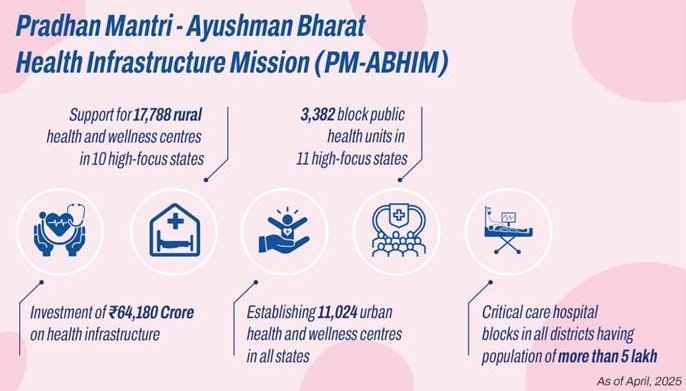
COVID-19: A Global Benchmark
India’s COVID-19 response was a masterclass in scale and speed. Administering over 220 crore vaccine doses via CoWIN, the nation achieved 94.1% full immunization coverage. Oxygen Express trains delivered 36,840 tonnes of medical oxygen, while 4,176 railway coaches became isolation units. Over 1,563 PSA oxygen plants ensured self-sufficiency, and Rs 21,324 crore under the Emergency COVID Response Package bolstered ICU beds and testing labs.
Maternal and Child Health: Saving Lives
Universal Immunization and Mission Indradhanush
The Universal Immunization Programme (UIP) vaccinates 2.6 crore newborns and 2.9 crore pregnant women annually, achieving 94.1% coverage. Mission Indradhanush, launched in 2014, targets underserved areas, ensuring no child misses life-saving vaccines. The U-WIN platform, with 10.48 crore registered beneficiaries by May 2025, tracks 41.73 crore vaccine doses, ensuring transparency and reach.
Maternal Care Reforms
Schemes like Janani Shishu Suraksha Karyakaram (JSSK) and Janani Suraksha Yojana (JSY) have served 16.6 crore and 11.07 crore women, respectively, promoting safe institutional deliveries. The Maternal Mortality Ratio dropped from 103 to 80 per lakh live births (2020–2023), while under-five mortality fell 42% to 28 per 1,000 live births, surpassing global averages.
Affordable Medicines: Easing Financial Burdens
Jan Aushadhi Kendras
The Pradhan Mantri Bhartiya Janaushadhi Pariyojana (PMBJP) operates over 10,000 Jan Aushadhi Kendras, offering generic medicines at 50–90% lower prices. By 2025, these centres have saved families ₹20,000 crore annually, making essential drugs accessible to all. From cancer treatments to chronic disease medications, PMBJP ensures affordability without compromising quality.
AMRIT Pharmacies
AMRIT Pharmacies, with 217 outlets, provide cancer drugs and medical implants at up to 50% discounts. Serving patients at tertiary care centres, they’ve reduced out-of-pocket costs by ₹8,000 crore, complementing PMBJP’s mission to make healthcare affordable for all.
Combating Diseases: TB and Sickle Cell Success
National TB Elimination Programme
India’s TB fight has seen remarkable progress. By 2024, TB incidence dropped 17.7% to 195 per lakh population, with a 21.4% reduction in deaths. The National TB Elimination Programme (NTEP) notified 26.17 lakh cases in 2024, with private-sector notifications rising ninefold. The 100-Day TB Mukt Bharat Abhiyan screened 12.97 crore people, identifying 7.19 lakh cases, including 2.85 lakh asymptomatic ones.
Sickle Cell Mission
The National Sickle Cell Anaemia Elimination Mission, launched in 2023, aims to eradicate the disease by 2047. By June 2025, 5.72 crore people were screened, with 2.65 crore in the past year alone. Over 1.98 lakh patients and 14 lakh carriers were identified, ensuring timely treatment and awareness in tribal areas.
Medical Education: Empowering the Future
Expanding Access and Quality
Since 2014, MBBS seats have surged 130% to 1,18,190, and PG seats grew 138% to 74,306. With 23 AIIMS and 2,045 medical colleges by 2025, India is training more doctors than ever. The National Medical Commission (NMC) Act of 2019 and NEET have ensured merit-based admissions, while 157 new nursing colleges and a 53% rise in B.Sc. Nursing seats strengthen the health workforce.
Allied Health and Research
The National Commission for Allied and Healthcare Professions Act (2021) standardized training for 10 allied health professions. The National Consortium for Ph.D. in Nursing, launched in 2024, fosters research, ensuring India’s healthcare professionals lead in innovation.
A Healthier India by 2047
India’s healthcare revolution is a story of compassion and ambition. From protecting the vulnerable through Ayushman Bharat to connecting remote villages via eSanjeevani, the nation has built a resilient, inclusive health system. With falling mortality rates, rising immunization coverage, and affordable medicines, India is not just treating illness—it’s nurturing lives. As the nation strides toward Viksit Bharat by 2047, its commitment to health equity ensures every citizen thrives in a stronger, healthier India.
(India CSR)

